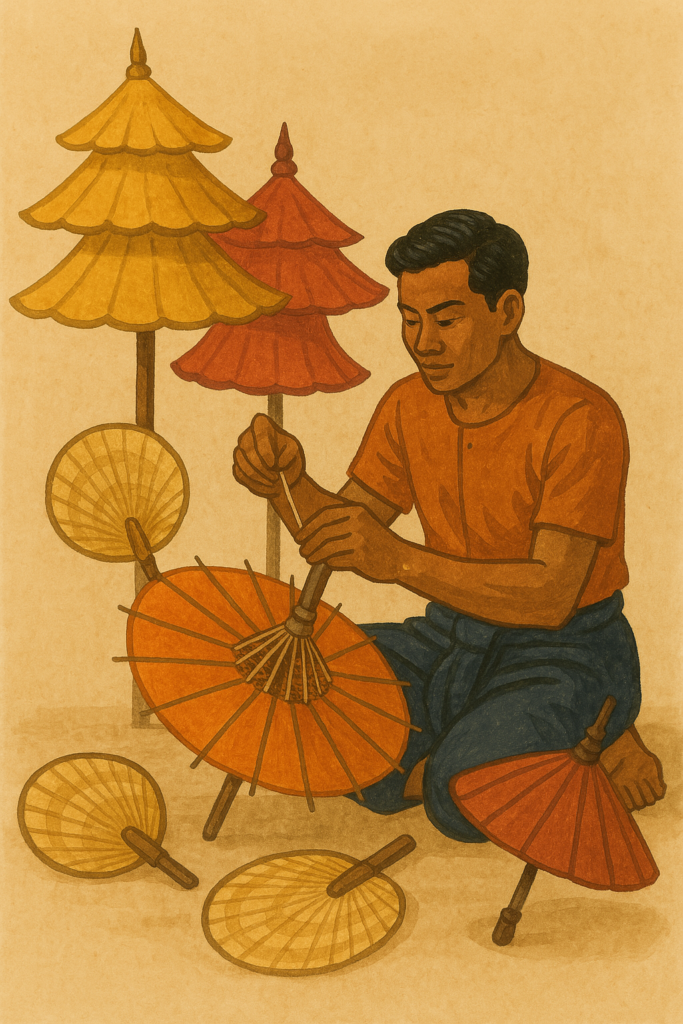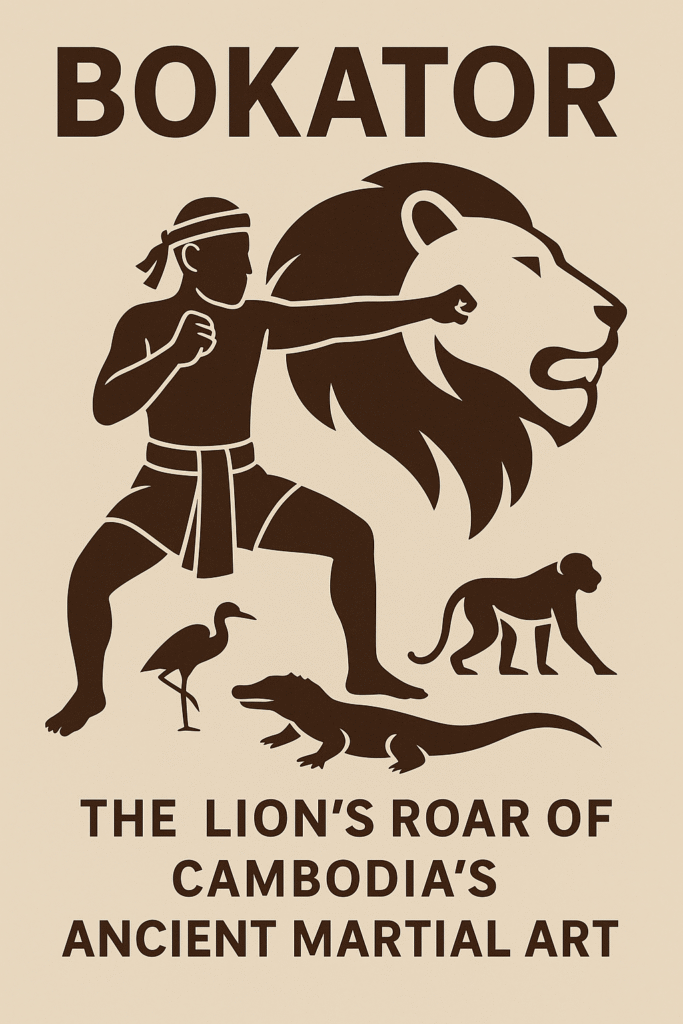April 5, 2025
Weaving the Future: Tradition and Innovation in Cambodian Handicrafts
Throughout this series, we’ve explored the incredible diversity and artistry embedded in Cambodian handicrafts – from the lustrous sheen of handwoven silk and the intricate details of silverwork to the sacred carvings adorning temples and the practical beauty of village basketry. As we stand here in Cambodia in April 2025, it’s clear that these invaluable traditions, while deeply rooted in history, face a complex present and an evolving future. Navigating the currents of globalization, economic change, and shifting cultural landscapes, Cambodian artisans and their supporters are actively working to ensure these skills not only survive but also thrive. Tourism’s Double-Edged












